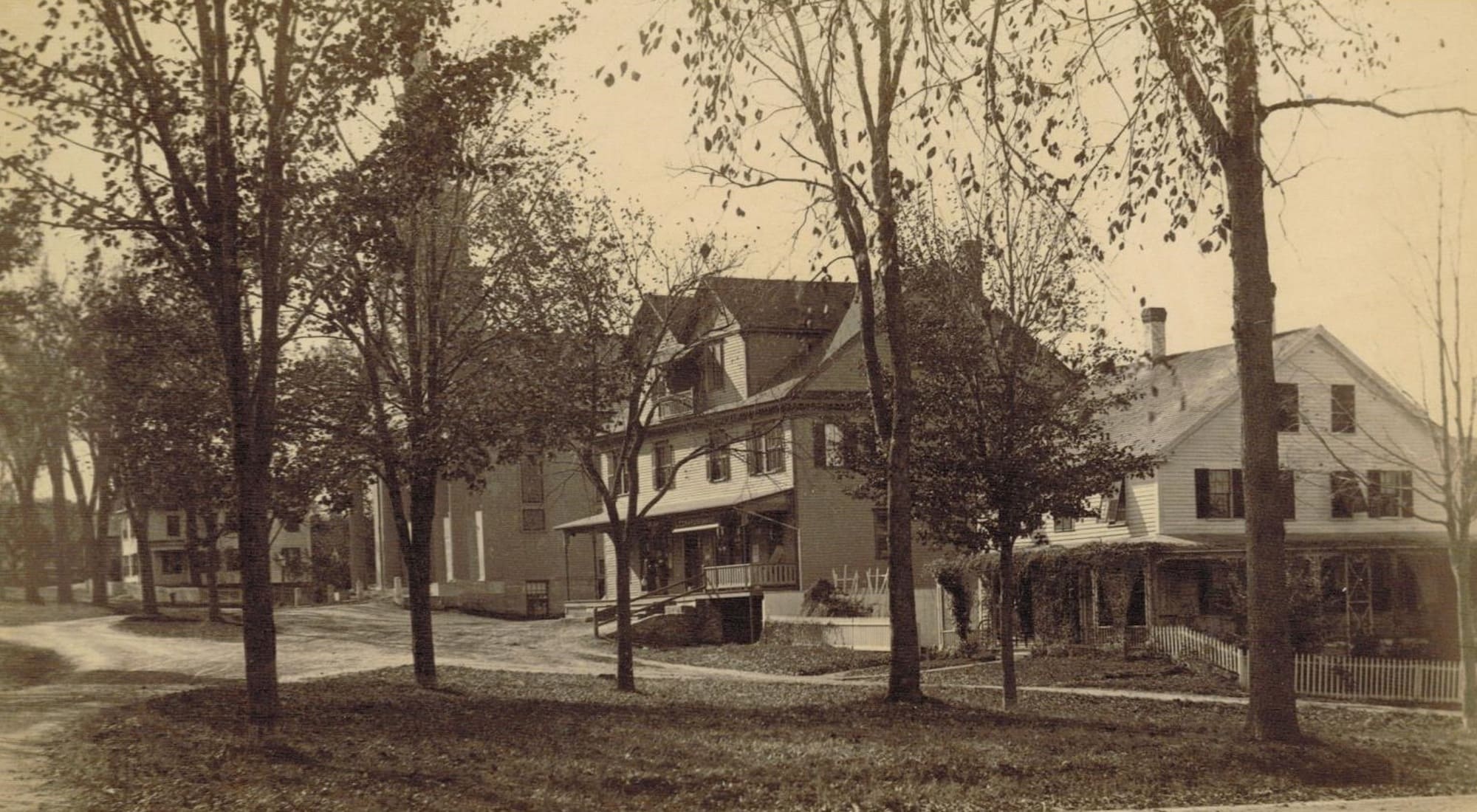
GRAFTON – In the 1620s Puritans were arriving in New England for religious freedom. When we look back in time, we can see these folks did what they believed was right in their pursuit of their own freedom of worship. This would only prove to be hypocritical, as they stripped the beliefs of the Indigenous people as well as treated as outcasts those who did not believe in the Puritan ways. They became intolerant, the very thing they wanted to escape in England. Before Grafton was officially established, we know there were established Puritan camps in the mid–late 1600s. The people settled on the land of the Indigenous people and the goal was to convert them to the Puritan way of life.
Like any story, there is also an alternative motive for the Puritans to convert the Indigenous people, for this was also a time of conflict between the groups. We know when the Puritans came to New England, the Indigenous people and the Puritans seemed to live in peace for some time, but there came a point where suspicions rose between them. The Indigenous people watched their sacred land get snatched up. How can one blame them? The intention of the Puritans was to convert the Indigenous people, yes, but they also wanted to form an alliance during this time of turbulence. In 1675, the people were entering into what became known as King Philip’s War.
King Philip was actually an Indigenous man named Metacomet. One thing we know for sure is that King Philip’s War was the bloodiest war in America up until that point and brutal from both sides. This would be a fight for their lives, for their way of life for both the Puritans and Indigenous people. When the Puritans officially “won” the battle, there was much silence about the brutality between the groups. They all wanted the land for themselves, but we cannot deny it was taken by force. Not just by force of hand, but in the pushing of their belief systems and claiming that their ways were the absolute ultimate way of life.
The aftermath of King Phillip’s war resulted in sales by Indigenous people of their land. By 1724, 40 investors would come together to buy 7,500 acres of land from the Indigenous people, the Nipmuc/Hassanamesit tribe. The purchase of this land came with stipulations, however, to provide a meetinghouse on the common with a hired teacher and minister, a school, place of worship and discuss local government. This deal came with a petition through the Massachusetts general court, so you can imagine that even in those days, the government moved slower than your Aunt Mae. With that being said, it wouldn’t be until 1728 that the land would officially become acquired, the meetinghouse would be built by 1731 and finally the official establishment date of the town of Grafton of 1735.
Grafton Common was the beginning of the growing town’s transitional period as an official town. The iconic meetinghouse on the common would serve its purpose for 100 years until 1835, when there was religious conflict between worship groups. The members of the church parted ways, half going to a Unitarian church and the other half remaining with the Congregational church. Since the two groups had divided, the meetinghouse was sold, and moved to a new location (off the common and next to the Congregational church). The house was utilized for commercial use and it would unfortunately get torn down in the 1950s.
After King Phillip’s war, we know there was some shame in the community about how the war had turned out. The Puritans pushed their views on the Indigenous people and really onto one another for it really not to stick in the end. The groups would get divided up and start their own churches over time. It had become an “unrest” amongst the community as the people divided into their own groups of specific religious beliefs. In hindsight, they did carry on together, despite their differences. It would appear the Puritan ways would collapse as the people began to seek out their own religious freedoms. Eventually the people moved forward together as technology advanced into the industrial revolution.
Some folks out there may still remember the old “Arcade” building. It is unbelievable to think that people were still using such a place for 250 years. Buildings are amazing and we need to preserve and cherish their history by keeping their stories and the people who came before us alive.

















